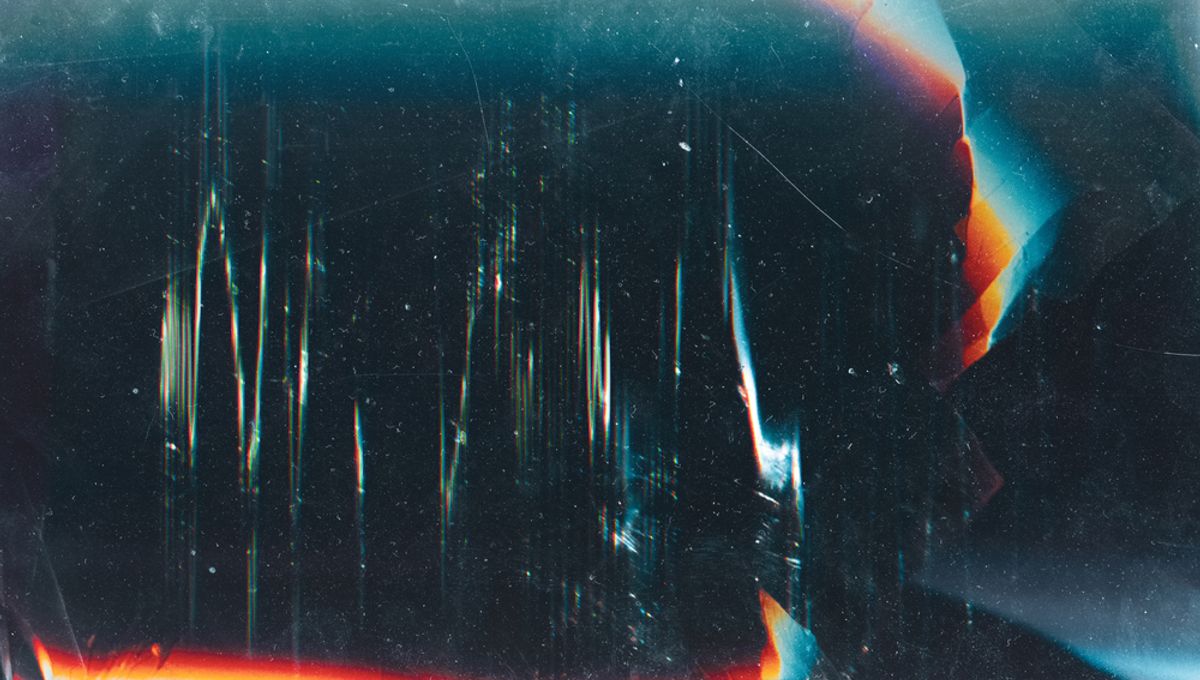
A German-Polish team of scientists managed to capture the first-ever video recording of a space-time crystal, helping to illuminate some potential applications for these curious objects.
A crystal is, by definition, a material whose constituents are arranged in a lattice, a highly ordered microscopic structure. A time crystal is the same but the order is not seen in space but rather in time. The structure changes and oscillates returning to a specific configuration periodically.
Put the two together and you have a space-time crystal. The one in the study, published in Physical Review Letters in 2021, was created using a strip of permalloy (an iron-nickel alloy) and placed on a tiny antenna through which they sent a radio-frequency current.
This process produced specific excitation states in the electrons of this material. These behave like a particle (despite not being one) so they are referred to as the quasi-particle magnon. The magnons in this material can be seen coming in and out of their arrangement periodically in both space and time: a quintessential space-time crystal.
“We were able to show that such space-time crystals are much more robust and widespread than first thought,” co-lead author Pawel Gruszecki, a scientist at the Faculty of Physics of the Adam Mickiewicz University in Poznań, said in a statement.
“Our crystal condenses at room temperature and particles can interact with it – unlike in an isolated system. Moreover, it has reached a size that could be used to do something with this magnonic space-time crystal. This may result in many potential applications,” explained Gruszecki.
The recurring material structure was micrometer-sized and at room temperature. What was extremely exciting was that their space-time crystal was found to be capable of interacting with other magnons thrown into the system by the researchers. Two time crystals were made to interact in 2020 but this study is the first time that we are looking at the interaction of quasi-particles with a space-time crystal.
“We took the regularly recurring pattern of magnons in space and time, sent more magnons in, and they eventually scattered. Thus, we were able to show that the time crystal can interact with other quasiparticles. No one has yet been able to show this directly in an experiment, let alone in a video,” added the other co-lead author Nick Träger, a doctoral student at Max Planck Institute for Intelligent Systems.
Crystals are useful in a wide variety of technologies so there is a lot of interest in how time crystal structures could be employed for communication or imaging technologies.
An earlier version of this article was published in February 2021.
Source Link: Space-Time Crystals Have Been Caught On Camera Doing Their Thing